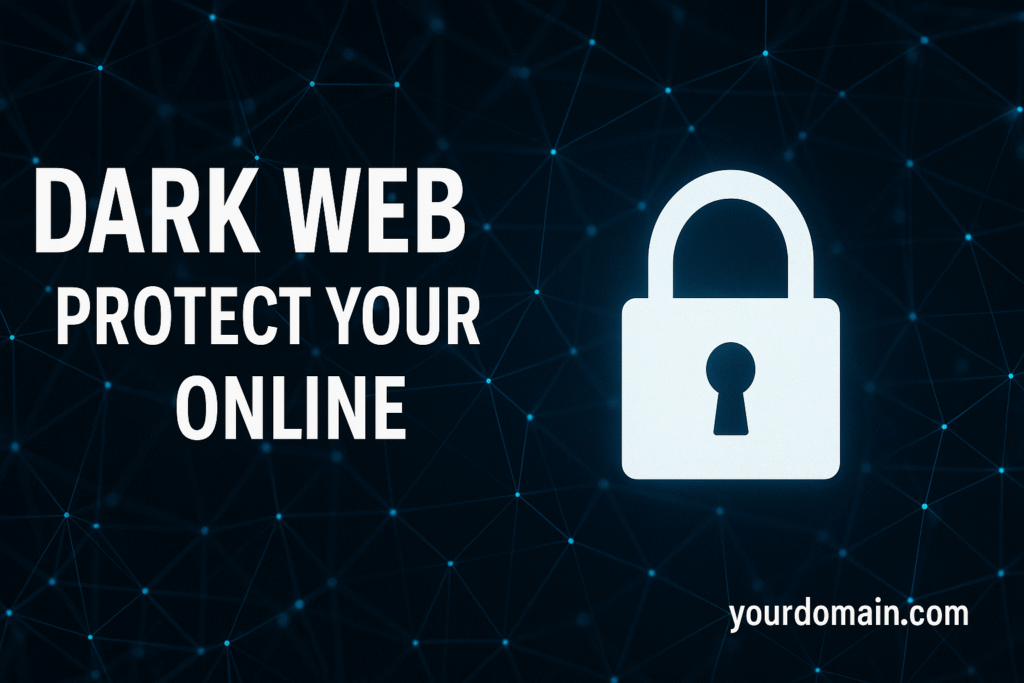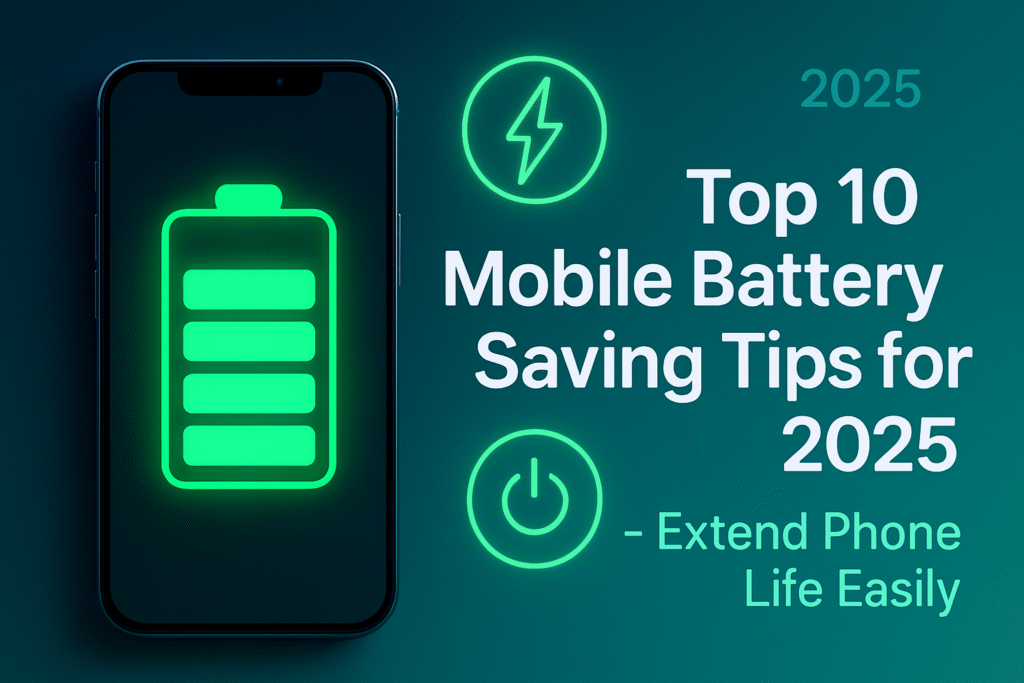The Dark Web is a hidden part of the internet often misunderstood and feared. In 2025, the Dark Web still accounts for only a small portion of the whole internet, yet its impact can be massive — from huge data leaks to marketplaces offering illegal services. In this article you’ll learn what the Dark Web is, the biggest India-related incidents, how typical scams work, and practical, step-by-step actions you can take to protect your identity, your phone, and your family online.
- What is the Deep Web vs Dark Web?
- How the Dark Web works
- Real-world impact: Major India-related Dark Web incidents
- Common scams and attack vectors
- How hackers demonstrate attacks
- Practical protection checklist — what you must do today
- If your account is hacked: quick recovery steps
- How to learn ethical hacking & defensive cybersecurity
- Internal & External Links
- Conclusion
What is the Deep Web vs Dark Web?
- Deep Web: All web content not indexed by search engines — such as private databases, inbox contents, company internal files, medical records, bank statements, and private cloud files. Search engines don’t list these pages, so they remain “below the surface.”
- Dark Web: A specific subset accessed through specialized tools (like Tor). The Dark Web emphasizes anonymity and is often associated with illegal marketplaces and services.
How the Dark Web works
Onion routing and Tor
- Tor routes your traffic through multiple encrypted layers (like onion skins). Each hop strips a layer of encryption — this provides privacy from ISPs and hides the final destination from an onlooker.
- Tor is a tool originally developed for privacy; it can be used legitimately — but many Dark Web services are illegal or unethical.
Anonymity limits & risks
- Tor and similar tools provide privacy, not absolute immunity. Government agencies and other actors can de-anonymize users under certain circumstances.
- Using Tor doesn’t protect insecure devices, malicious browser plugins, or physical attacks.
Real-world impact: Major India-related Dark Web incidents
Aadhaar-data leak — scale & consequences
- One of India’s most serious incidents involved a large dump of Aadhaar-related records reportedly listing names, phone numbers, father/mother names and DOB for tens of millions of citizens. Such data enables impersonation, SIM/phone scams, and targeted fraud.
Marketplaces & services sold on the Dark Web
- Illegal marketplaces sell stolen data, credit card dumps, hacking-for-hire, drugs, forged documents, and more. Even extremely large datasets were reportedly offered for low prices — enabling a wide scale of downstream scams.
Common scams and attack vectors
Digital arrest & screen-lock extortion
- Scam sites or malicious pages can show fake government warnings, lock the screen, and demand payment to “unlock.” Attackers use fear and spoofed URLs to pressure victims.
Phishing, social engineering & AI-enabled impersonation
- Attackers trick you into giving passwords, OTPs, or logging into fake support forms. With AI, voice cloning and deepfakes make impersonation more convincing. Call-spoofing allows attackers to appear as trusted numbers.
Physical-device attacks: NFC, card-cloning, malicious cables
- Portable devices like Flipper Zero or small implant chips can be used to skim or clone cards, spam Bluetooth, or take remote control of devices via a malicious cable (an “OMG” cable with a hidden chip).
How hackers demonstrate attacks
- Bluetooth spam attacks: If a phone’s Bluetooth is ON, attackers can send many pairing requests or crafted packets that crash or freeze a device.
- Card cloning demo: Small portable hardware can capture NFC/RFID payment details by tapping a wallet — enabling card cloning if contactless payment is enabled.
- Malicious charging cables: Some cables include hidden microcontrollers that can inject payloads or open remote access when plugged into phones/laptops.
Practical protection checklist — what you must do today
Follow these prioritized steps to secure devices, accounts, and family members:
- Enable Two-Factor Authentication (2FA) everywhere — Google, Facebook, Instagram, email, banking. Use an authenticator app rather than SMS where possible.
- Use unique passwords for each account. Don’t reuse the same password. Prefer passphrases or a password manager.
- Generate backup codes for critical accounts (Google, Microsoft, etc.) and store them safely.
- Keep device firmware updated — install OS and security updates for iPhone/Android immediately. Many attacks exploit unpatched bugs.
- Disable unnecessary wireless features: turn off NFC when not needed; keep Bluetooth off unless actively using it.
- Limit card functionality: freeze or lock cards when not in use; set contactless limits and transaction caps.
- Avoid plugging unknown USB/charging cables — use your own trusted cable and power source.
- Install and use a reputable VPN for privacy (for legitimate privacy needs). Understand VPN logging policies — no VPN guarantees full anonymity if logs can be legally compelled.
- Don’t click unknown links on WhatsApp, email, or SMS. Think before you act; confirm with the sender using another channel.
- Biometric lock + strong PIN on devices. Biometrics are easier than PINS to keep secure than predictable numeric PINs.
If your account is hacked: quick recovery steps
- Immediately go to the platform’s “account compromised” or “help / hacked” form (e.g., Instagram Help > My account was hacked).
- Use backup codes or account recovery options to reclaim access.
- Change passwords on other accounts that shared the same password.
- Notify contacts if the attacker might contact them.
- Report financial fraud to your bank and block compromised cards.
- If you suspect a large-scale identity theft (Aadhaar / government identity leak), report to local cyber-crime police and CERT-IN for India.
How to learn ethical hacking & defensive cybersecurity
- Start with fundamentals: networking (OSI model), operating systems, web/app architecture, and how data is stored and transmitted.
- Recommended pathways:
- Learn the OSI model and network basics.
- Do practical labs on system security, web app security, and network security.
- Consider recognized certifications (example: CEH / OSCP / industry courses) for structured learning and job market credibility.
- Bug bounty programs can be lucrative and legal — companies pay for responsible disclosure of vulnerabilities (HackerOne, Bugcrowd, private programs).
Internal & External Links
- Internal link examples (replace with your own site pages):
- Protect your phone:
https://yourdomain.com/protect-phone - What to do if your social account is hacked:
https://yourdomain.com/account-recovery
- Protect your phone:
- External trusted links:
- CERT-IN (Indian Computer Emergency Response Team) — for reporting incidents.
- Official guidance pages from major platforms (e.g., Google Account Recovery, Instagram Help) for immediate recovery steps.
- Cybersecurity awareness resources (e.g., reputable cybersecurity blogs, academic pages).
Conclusion
The Dark Web is a small but powerful slice of the internet: it enables anonymity and privacy, but it also hosts illegal marketplaces and services that threaten individuals and nations. Major leaks and scams — like massive identity data dumps — show the real-world harm that flows from those hidden markets. The good news: many attacks rely on human mistakes and avoidable configurations. By enabling two-factor authentication, using unique passwords, updating device firmware, avoiding unknown cables, and practicing caution online, you can dramatically reduce your risk. Teach your family these basics — security starts with small daily habits.



